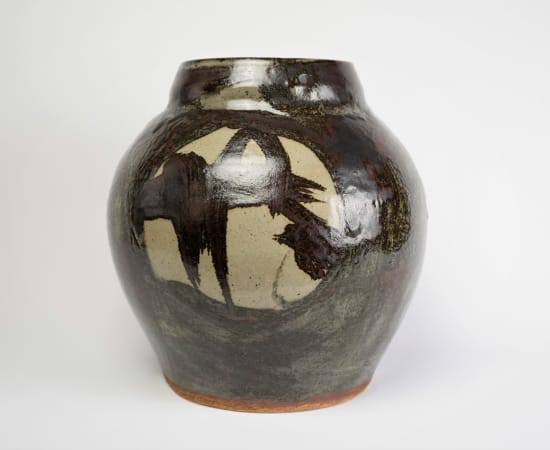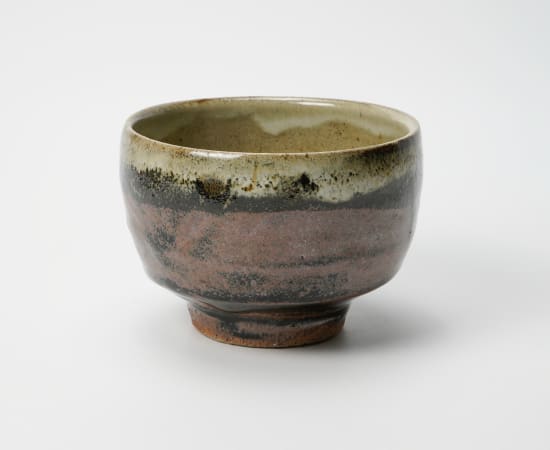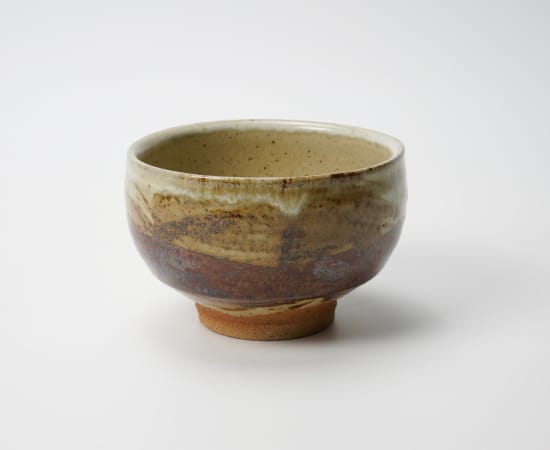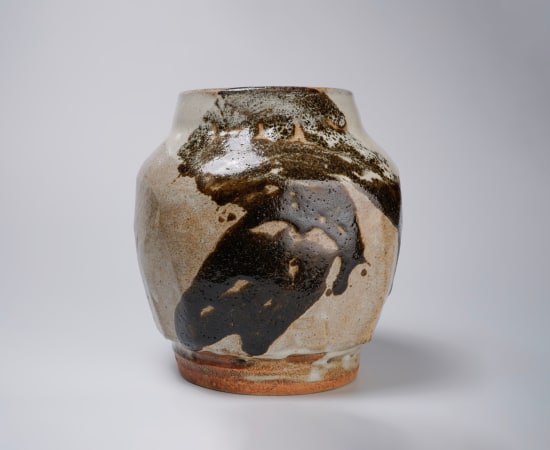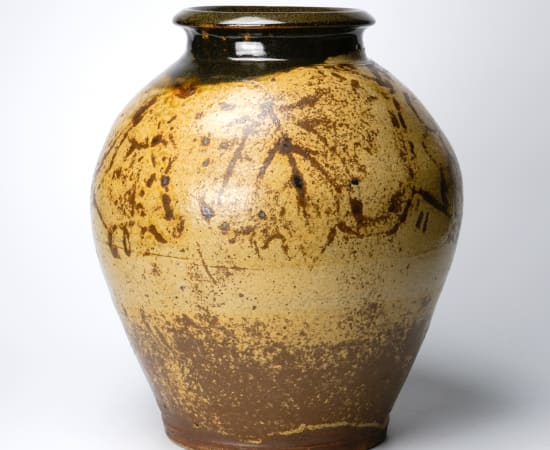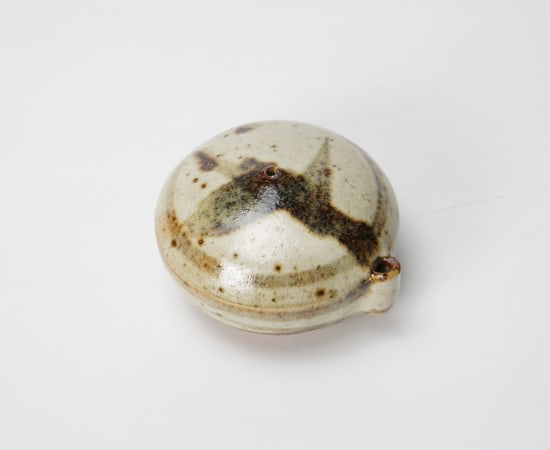Murata Gen was a dedicated and masterful Mingei potter. His first encounter with pottery was late, relative to many potters in his life, when he visited a folk craft exhibition showcasing Mashiko wares in 1934 Tokyo.
Born in 1904 in the Ishikawa prefecture, Murata Gen initially pursued classical painting at the Kansai Bijutsu Gakuin (Kansai Art Academy) in 1922. The onset of war, coupled with his impoverished background, led him to sell all his early paintings from his academy days for survival, resulting in the loss of these works to the public eye. His painterly career appeared to end at that point and around this time in 1934 he began to pursue ceramics. During a visit to a folk craft exhibition showcasing Mashiko wares in Tokyo, Murata discovered pottery, altering his artistic trajectory. Drawn to the modest beauty of Mashiko pottery, he permanently relocated to Mashiko in 1924.
Today, his works exhibit heart and soul. Murata showcased mastery over traditional glazes such as Nuka (rice-husk), kaki-yu (persimmon), and various iron glazes, displayed in scrolling patterns over his functional clay wares. Murata’s classical painting background underscored his mastery over surface-scape. His functional wares uniquely employed glaze decoration to express scenic vistas. Unlike Hamada Shoji, Murata Gen chose to use only clay and glazes indigenous to Mashiko, embodying a mindful Mingei practitioner who built his clay works with intention. Departing from Hamada Shoji, Murata used the exteriors of his jars and bowls as "canvases" to convey his deeply-held artistic intentions.

